What is Keyword Density?

Keyword density refers to the frequency of a specific keyword in relation to the total word count on a webpage. It is often expressed as a percentage or ratio. A higher value indicates a greater occurrence of the keyword on your page.
What Constitutes a Good Keyword Density?
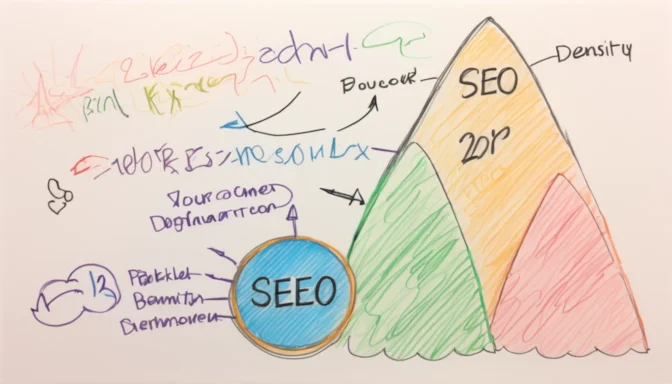
Although there's no fixed rule, a 2% keyword density is generally considered good for ranking higher in Google search results. However, it's crucial to avoid keyword stuffing, as it can negatively affect your website's SEO.
Understanding 2% Keyword Density

If you're aiming for a 2% keyword density, this means that for a 1000-word blog post, your target keyword should appear 20 times. The formula is simple: the number of times the keyword appears divided by the total word count, then multiplied by 100.
Keyword Density with Examples

For example, if a keyword shows up three times in a 100-word text, the keyword density would be 3%. The calculation is straightforward: the frequency of the keyword divided by the total number of words, multiplied by 100.
Is 60% Keyword Density Good?
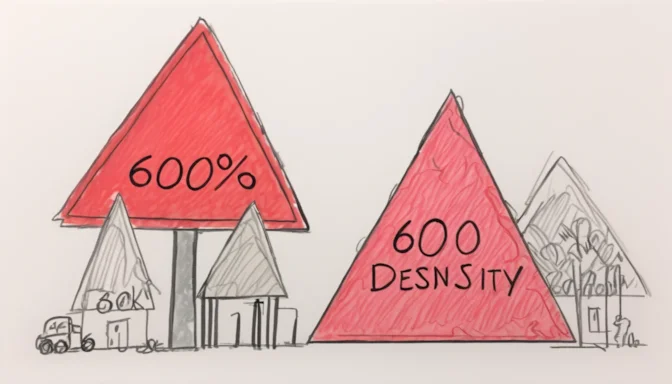
A keyword density of 60% is inadvisable. The ideal range is between 2% to 5%. Over-optimizing your content for keywords can be detrimental to both your SEO and user experience.
When is Keyword Density Too Much?
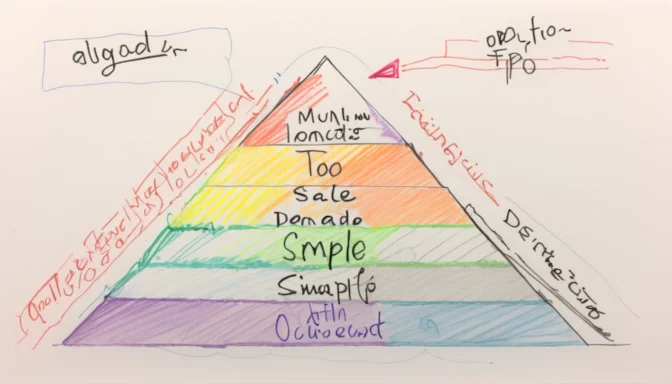
Keyword density above 5% is generally considered excessive. Staying within the 2-4% range is advisable to satisfy both Google and your readers.
Relevance of Keyword Density in 2023
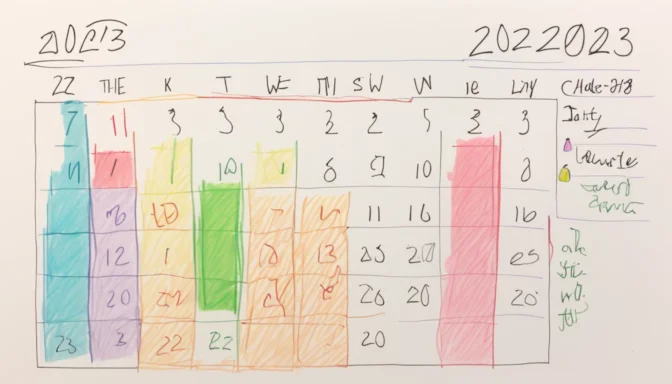
While keyword density is not the all-important metric it once was, it still holds value. The focus has shifted to creating high-quality, user-centric content that naturally incorporates keywords.
Calculating Keyword Density for 500 Words

For a 500-word article, if a keyword appears 10 times, the keyword density would be (10/500) x 100 = 2%. This is a simple formula to help you optimize your keyword usage effectively.
How to Increase Keyword Density

To enhance keyword density, strategically place your target keyword in the headline, the first 100 words, and the last 100 words of your content. However, ensure it fits naturally to avoid the pitfall of keyword stuffing.
How to Analyze Keyword Density
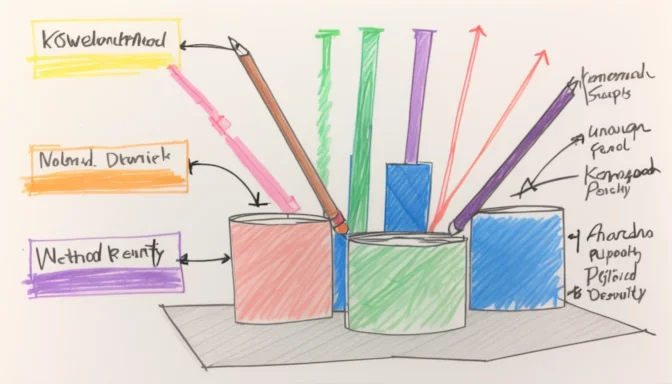
Analyzing keyword density is straightforward. Divide the number of times your target keyword appears by the total word count of the page, and then multiply by 100. This will give you the keyword density as a percentage.
 E-Commerceo
E-Commerceo
